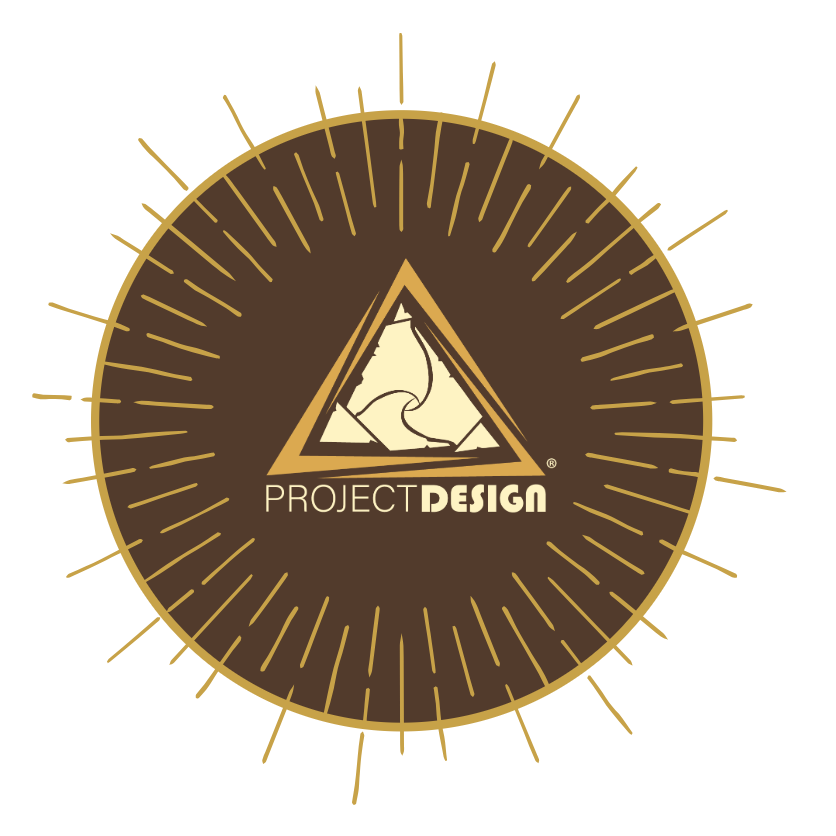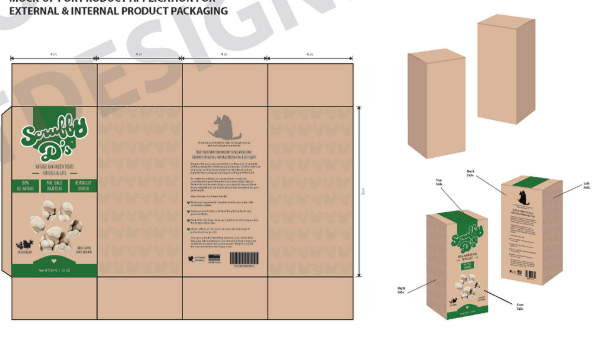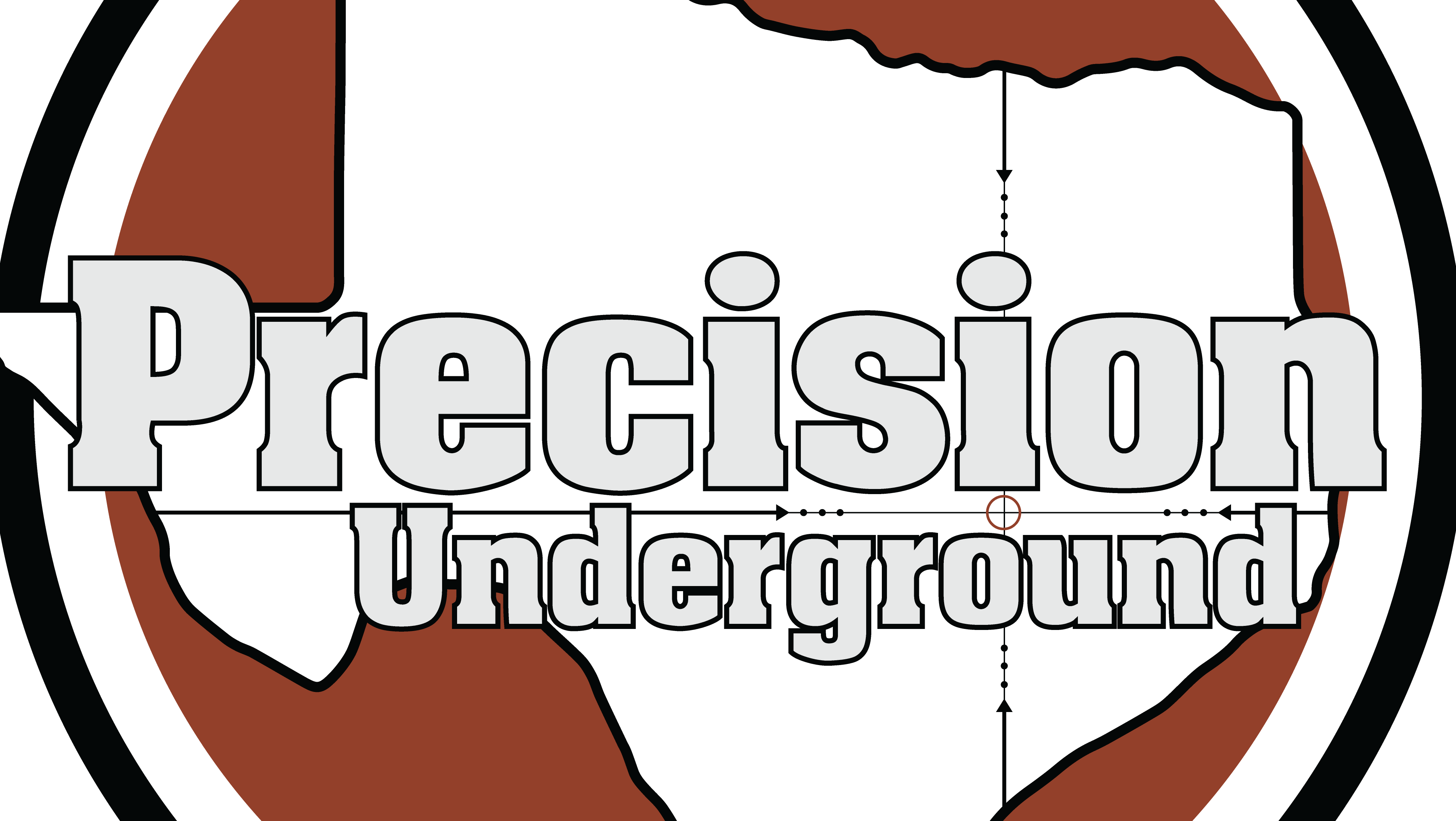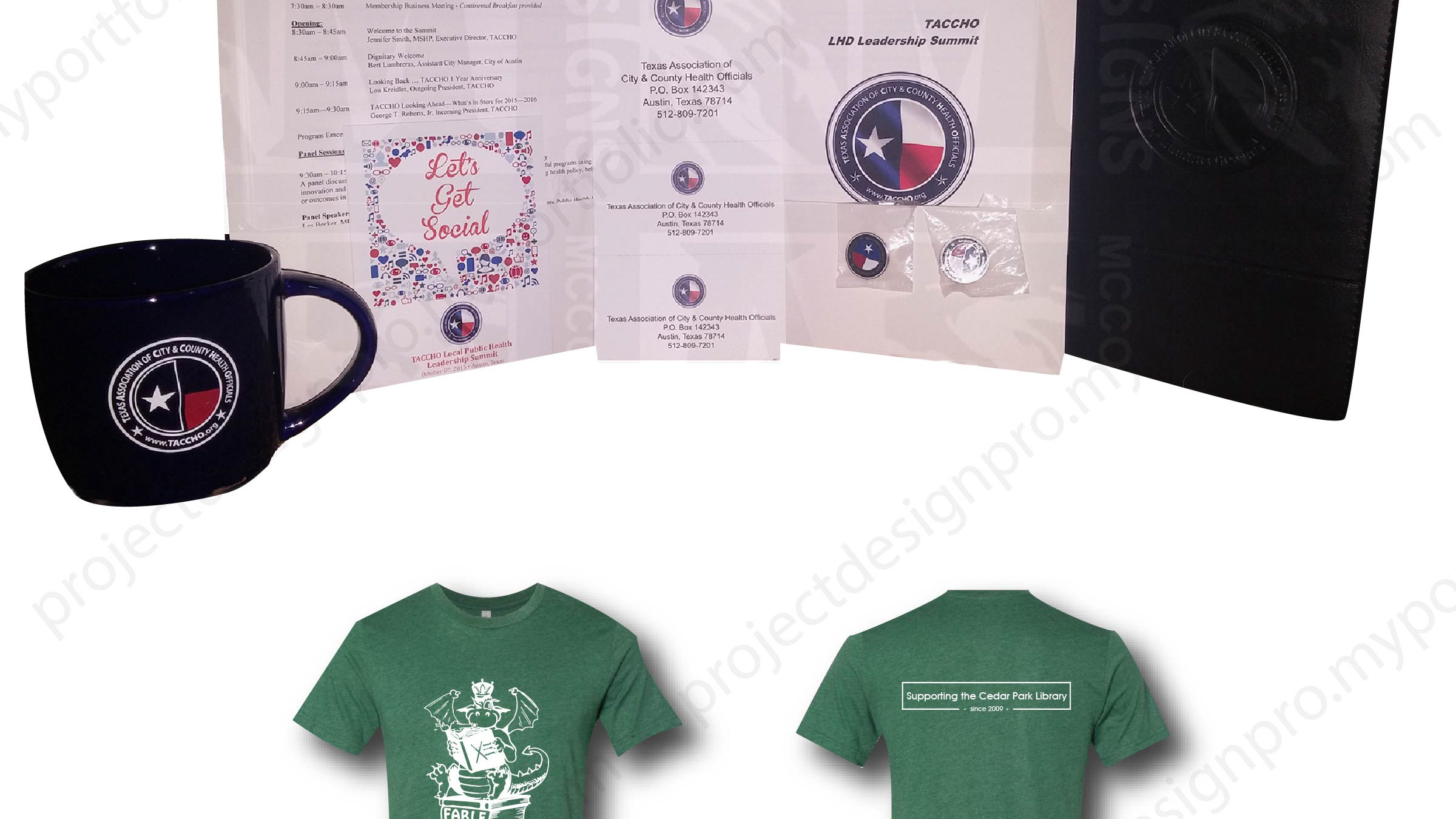Publication and layout design, the art of arranging text, images, and visual elements within a structured framework, serves as the cornerstone of effective communication in both digital and print media. It is not merely about creating something aesthetically pleasing; it is about crafting a narrative that guides the reader’s eye, facilitates understanding, and evokes emotional resonance. Whether designing a magazine spread, a website interface, or a corporate report, layout and publication design play a crucial role in ensuring information is absorbed in the intended manner.
Publication and layout design is an indispensable element of media creation, shaping how audiences interact with and perceive content. Its importance spans across print and digital platforms, influencing readability, emotional connection, brand identity, and engagement. Whether you are flipping through the pages of a beautifully crafted magazine or scrolling through an intuitively designed website, the power of thoughtful layout design is unmistakable—it turns information into experience, bridging the gap between creator and consumer.
The Fundamentals of Publication and Layout Design
At its core, publication and layout design is rooted in principles such as balance, alignment, contrast, hierarchy, and consistency. These principles serve as the scaffolding for visually effective designs that not only capture attention but also facilitate the seamless consumption of content.
Balance and Alignment
Balance ensures that visual elements are distributed harmoniously across a page or screen, preventing clutter or overwhelming the viewer. Alignment, on the other hand, maintains order and readability, creating intuitive structures that lead the eyes fluidly from one element to the next.
Contrast and Hierarchy
Contrast establishes clarity and distinction between text, images, and backgrounds, ensuring legibility and emphasis on key points. Hierarchy assigns importance to elements within a design—headlines, subheadings, images—guiding the reader naturally through the content in order of significance.
Consistency and Branding
Consistency ties all elements together, presenting a cohesive appearance that aligns with the publication's identity or brand. Whether it's the repetitive use of specific fonts, color schemes, or white spaces, consistency fosters familiarity and trust among audiences.
The Role of Publication and Layout Design in Print Media
Print media, such as magazines, newspapers, brochures, and books, rely heavily on publication and layout design to enhance their tactile experience. The physicality of print carries its own unique challenges, necessitating thoughtful decisions on paper quality, typography, and layout.
Typography and Readability
In print, typography plays a pivotal role. Fonts must be chosen carefully to ensure they are legible in varying sizes. Serif fonts, for instance, are often preferred in print as their traditional aesthetic complements long-form reading.
Grid Systems in Print
Grid systems are indispensable tools in print layout design. They provide a structured framework that ensures alignment and proportionality, creating a harmonious visual rhythm that is pleasing to the eye.
Emotion and Engagement
Print media design also focuses heavily on evoking emotions. The texture of paper, the interplay of ink and color, and the strategic placement of visual elements can create an intimate connection with the reader that digital often struggles to replicate.
The Role of Publication and Layout Design in Digital Media
In the digital realm, publication and layout design is equally critical, though the parameters differ due to interactivity, screen sizes, and dynamic content.
Responsive Design and Accessibility
Digital designs must adapt to various devices—desktop computers, tablets, smartphones—through responsive design. Ensuring accessibility for all users, including those with disabilities, involves careful considerations for font sizes, color contrasts, and navigation structures.
Interactive Elements
Unlike print, digital media incorporates interactive features such as clickable buttons, animations, and multimedia integration. Layout design must accommodate these dynamic elements while maintaining visual harmony and usability.
User Experience (UX)
Digital layout design prioritizes user experience, ensuring that navigation is intuitive and pleasant. Placement of buttons, menus, and content blocks affects how users interact with the digital product and their overall satisfaction with its utility.
Why Publication and Layout Design Matters
Effective publication and layout design is crucial for both digital and print media because it directly impacts the consumption and retention of information. A poorly designed layout can confuse readers, dilute the message, or undermine the credibility of the content.
Building Brand Identity
Through consistent visual language, layout design helps establish and reinforce brand identity. Whether in print or digital, it ensures that every touchpoint reflects the values and personality of the brand.
Enhancing Readability and Flow
Good design creates a natural flow that guides the audience effortlessly through the content, facilitating understanding and engagement. It eliminates barriers to comprehension and ensures the intended message is delivered effectively.
Boosting Engagement
In today's media-saturated world, capturing and retaining attention is more challenging than ever. Thoughtful layout design ensures that publications stand out and resonate with their target audiences.
The Intersection of Print and Digital
While print and digital media operate within distinct realms, their design principles often overlap. Many designers approach both mediums with a unified perspective, ensuring that branding and layout feel consistent across all platforms.
Hybrid Publications
With the rise of digital-first strategies, many publications now exist in hybrid formats, offering print editions alongside digital versions. The design must bridge these formats seamlessly, ensuring that the essence of the publication translates between mediums.
Adapting to Trends
Modern layout design also evolves to incorporate contemporary trends, such as minimalism, bold typography, and immersive visuals. Whether in print or digital, staying current with trends is essential to keeping the audience engaged and responsive.
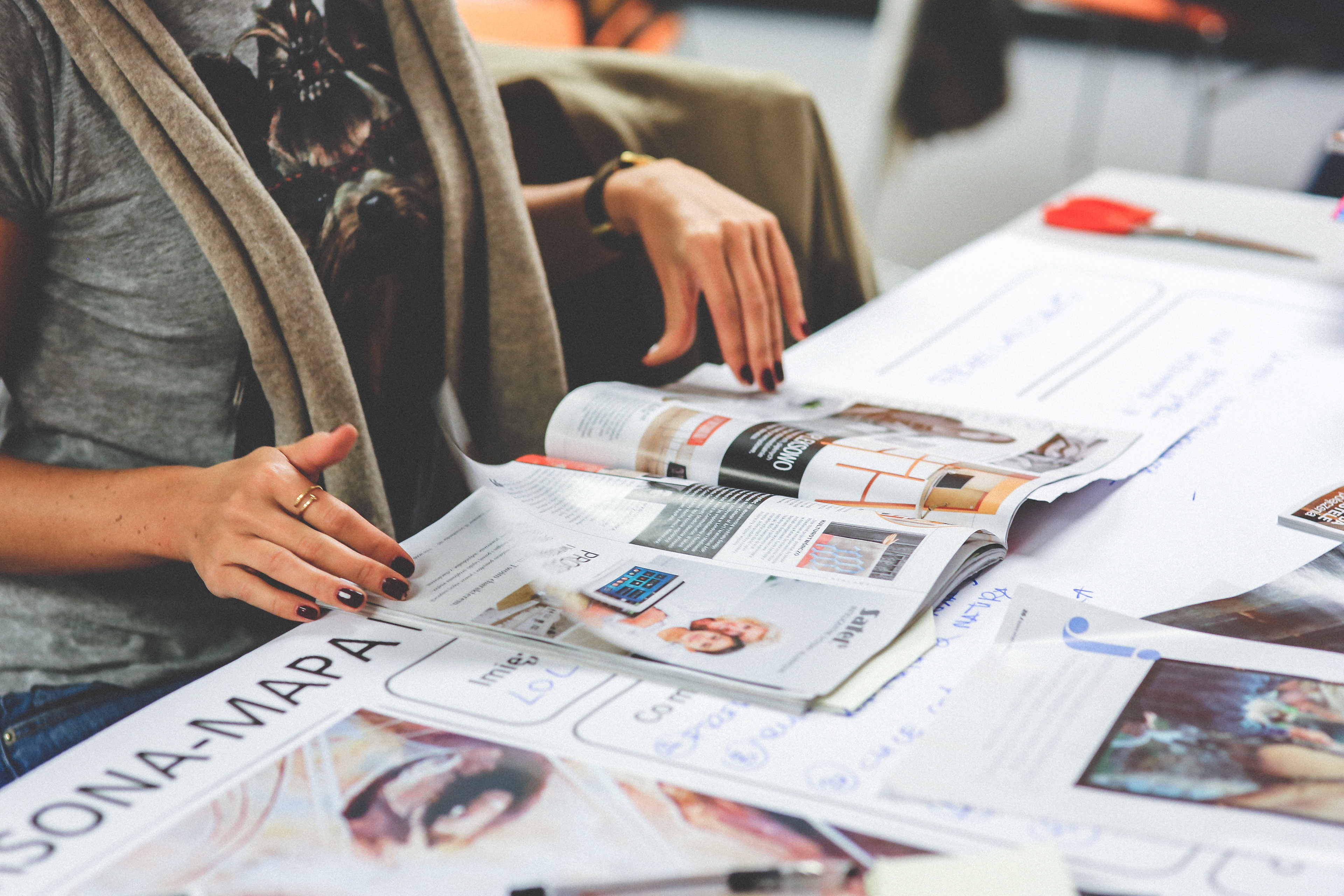
Booklet Layout

